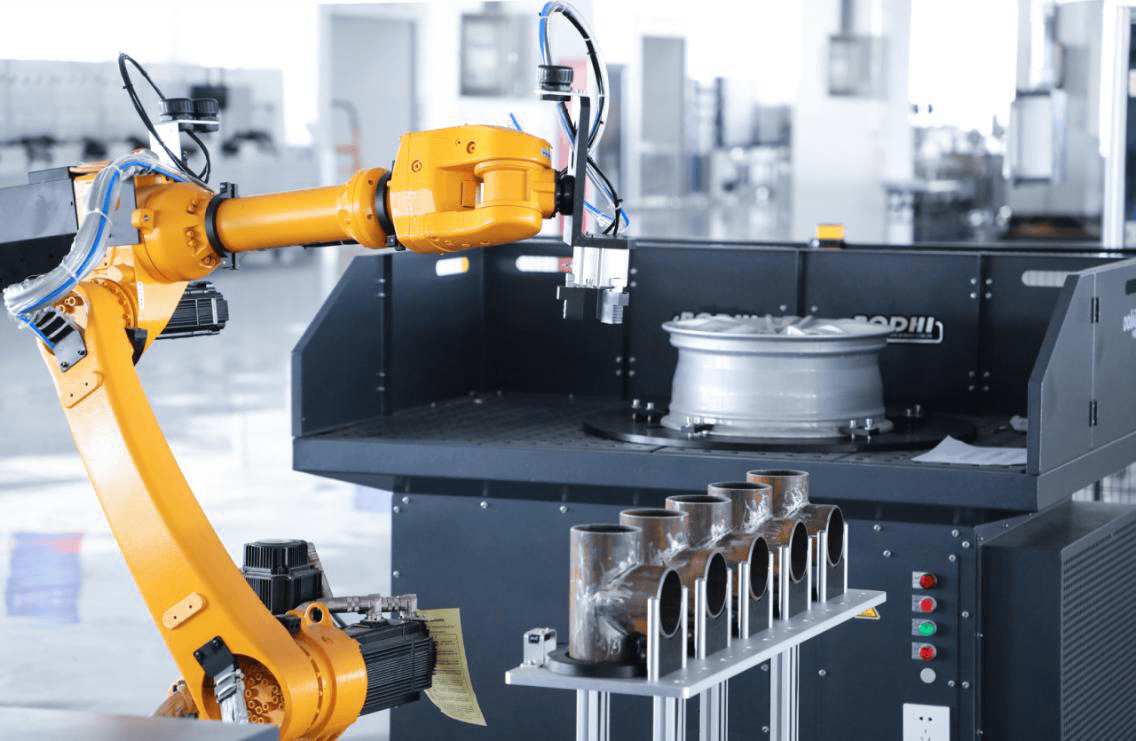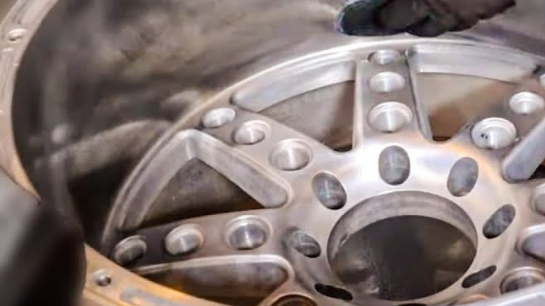How to Quickly Remove Wax and Oil After Polishing Aluminum Alloy Die Castings
2025-01-06 13:56:28 hits:0

In the surface treatment of aluminum alloy die castings, residual wax and oil after polishing are common issues that affect subsequent processing and surface quality. Efficiently removing these residues is crucial for ensuring the product's appearance, performance, production efficiency, and cost-effectiveness. This article analyzes the principles, common methods, and practical suggestions for wax and oil removal.
Importance of Removing Wax and Oil
1.Impact on Coating and Electroplating Quality
Residual wax and oil reduce coating adhesion, leading to issues like peeling or bubbling.2.Effect on Product Appearance
Polished surfaces may appear uneven in gloss due to wax or oil residues, impacting aesthetics.3.Influence on Precision Requirements
For precision castings, residual impurities on the surface can compromise assembly accuracy or subsequent performance.Methods for Removing Wax and Oil from Aluminum Alloy Die Castings
1.Chemical Treatment
Alkaline Solution Cleaning
Weak alkaline solutions (e.g., sodium hydroxide or industrial cleaning agents) effectively break down oils and dissolve some wax residues.- Advantages: High efficiency, suitable for mass production.
- Note: Aluminum alloys are prone to alkaline corrosion; control solution concentration and time.
Organic Solvent Cleaning
Common solvents include trichloroethylene, alcohol, or eco-friendly alternatives.
- Advantages: Excellent for oil removal, non-corrosive to aluminum.
- Disadvantages: Higher cost, stricter environmental regulations.
2.Physical Treatment
Ultrasonic Cleaning
Ultrasonic equipment uses high-frequency vibrations to remove surface contaminants and is highly effective for complex-shaped castings.- Advantages: Exceptional cleaning for intricate parts without surface damage.
- Disadvantages: High initial equipment investment.
Steam Degreasing
Uses heated steam to melt and remove oil.- Advantages: Eco-friendly with no wastewater discharge.
- Disadvantages: Less effective for wax removal.
3.Combined Treatment
Combining chemical and physical methods, such as softening wax layers with an alkaline solution and then using ultrasonic cleaning for thorough residue removal.- Advantages: High efficiency and thorough cleaning, suitable for high-precision aluminum die castings.
- Disadvantages: Complex operations and higher costs.
Practical Recommendations
1.Choose Cleaning Agents Based on Aluminum Alloy Type
Different alloys have varying corrosion resistance, so avoid using corrosive cleaning agents.2.Control Cleaning Parameters
Maintain chemical solution concentrations within the recommended range (e.g., 5%-10% for alkaline solutions).- Cleaning time should typically range from 5-10 minutes.
- Ideal temperature: 40-60°C.
3.Add Rinsing Steps
After removing wax and oil, use pure water spray or high-pressure rinsing to eliminate residual cleaning agents.
4.Regularly Maintain Cleaning Equipment
Ensure consistent performance, especially for ultrasonic cleaning systems, to enhance cleaning efficiency.
Conclusion
Efficient wax and oil removal after polishing aluminum alloy die castings requires considering material properties, residue characteristics, and production efficiency. By selecting appropriate chemical, physical, or combined methods and maintaining precise control over cleaning parameters, manufacturers can achieve effective and environmentally friendly cleaning results.Previous: What is Sand Casting?

 en
en  fra
fra  de
de  ru
ru  gle
gle  th
th  ara
ara  it
it  jp
jp  kor
kor  zh
zh 


